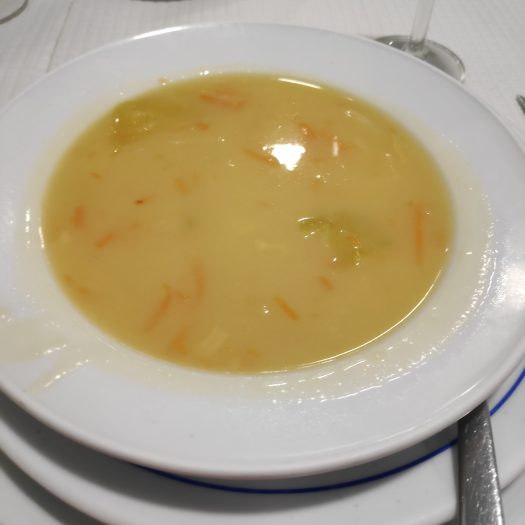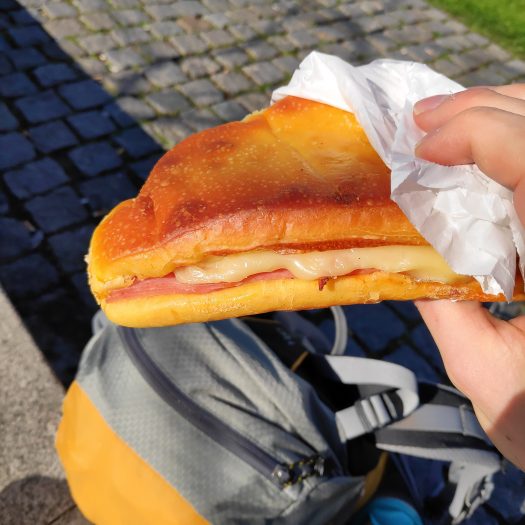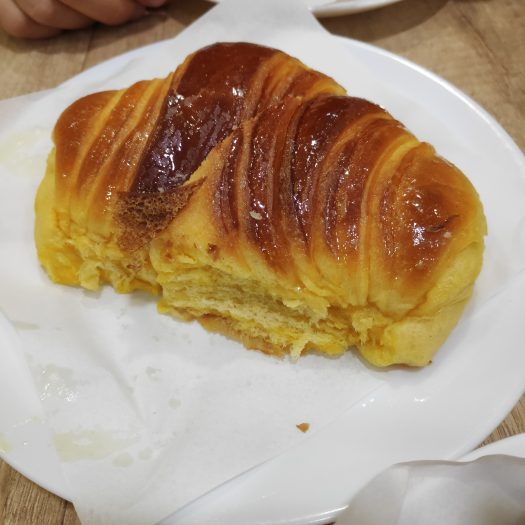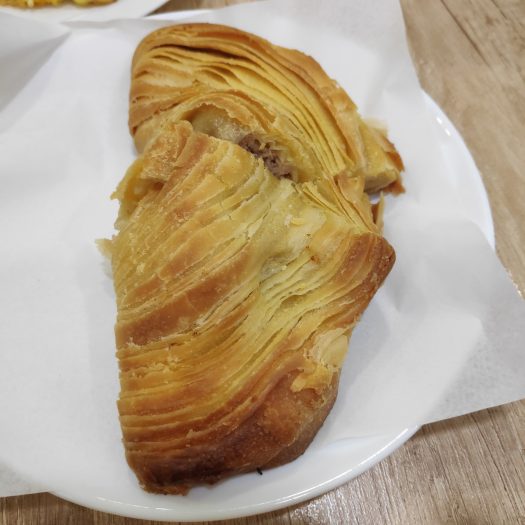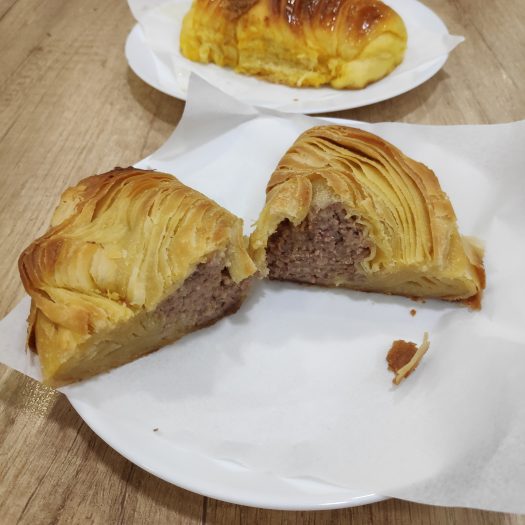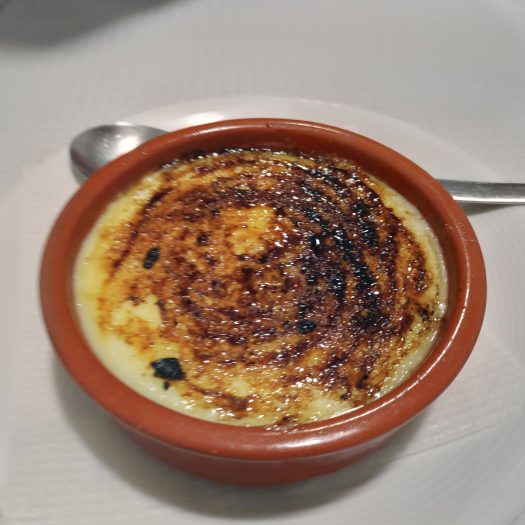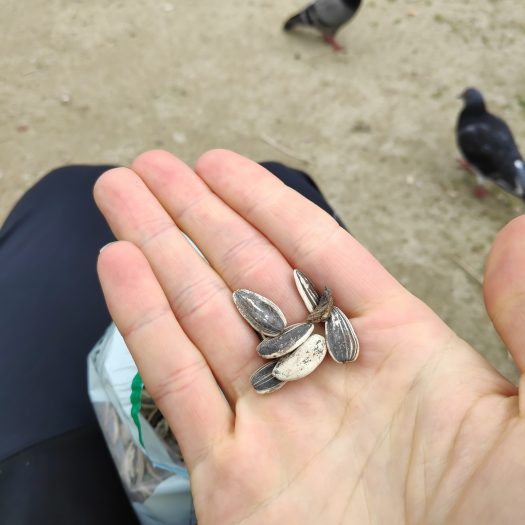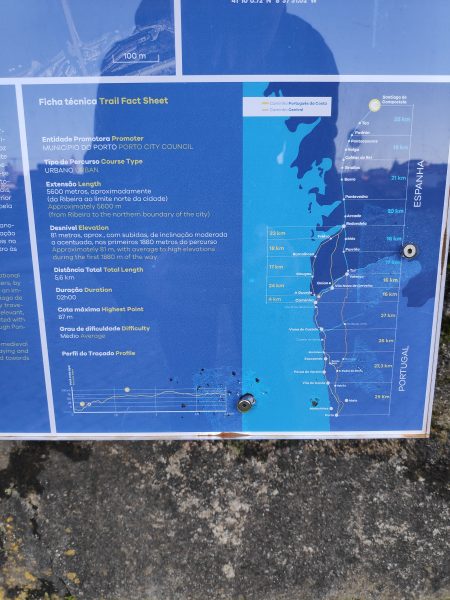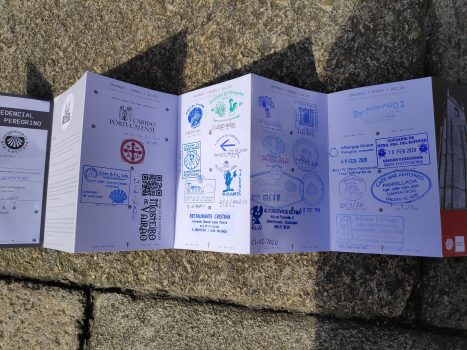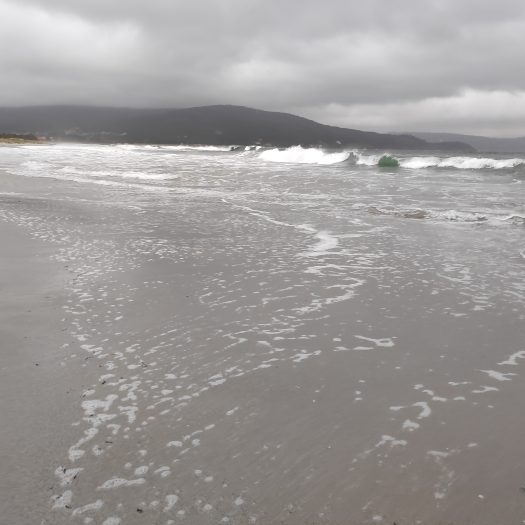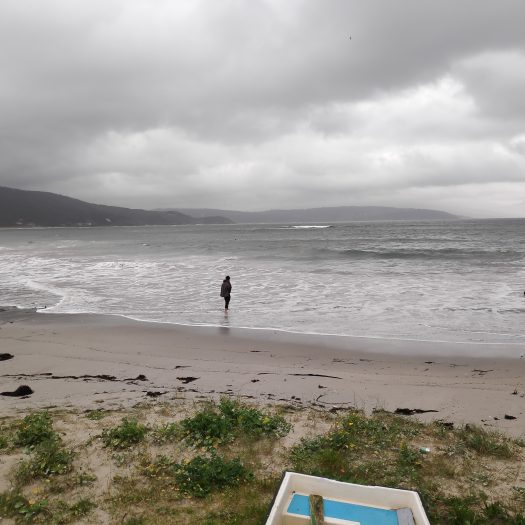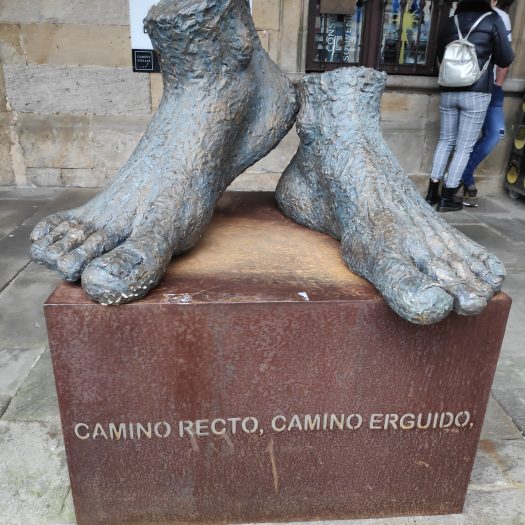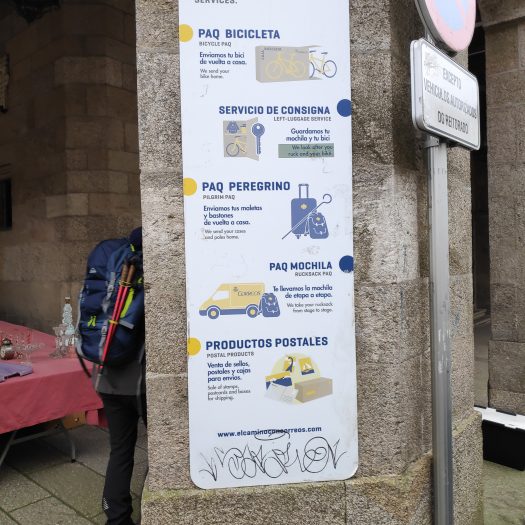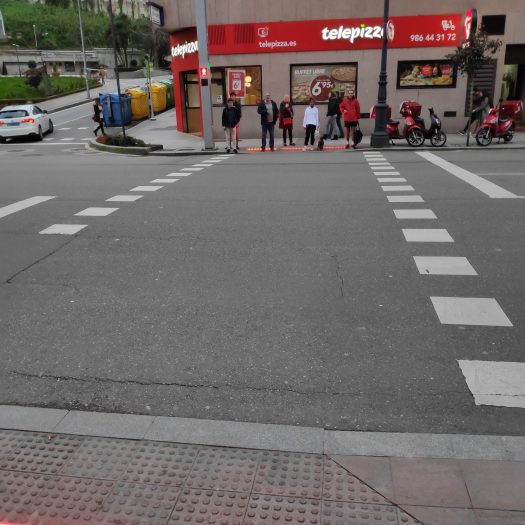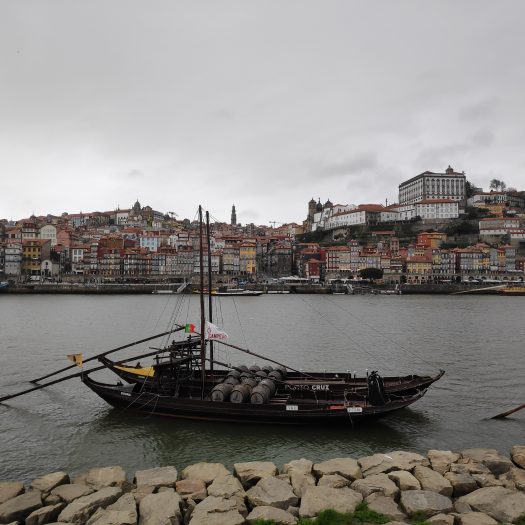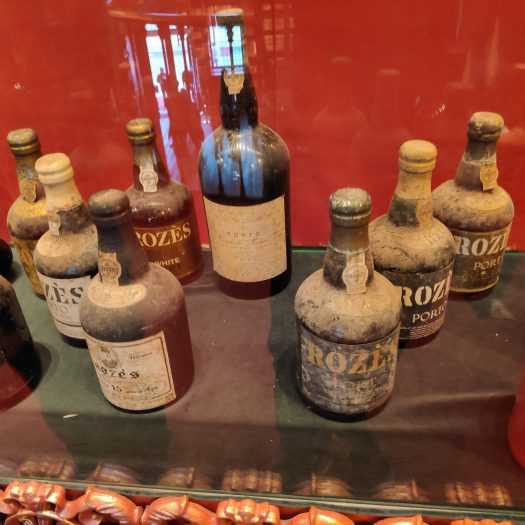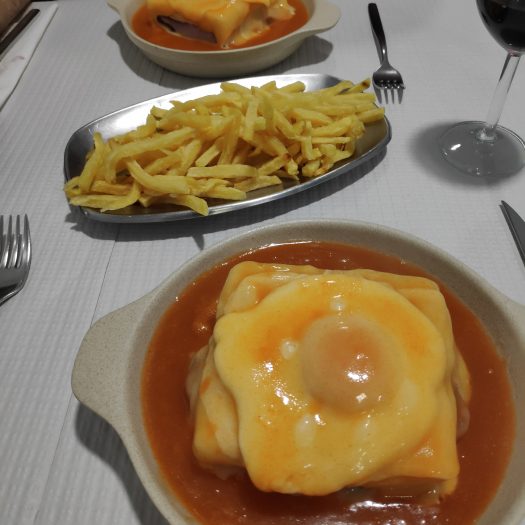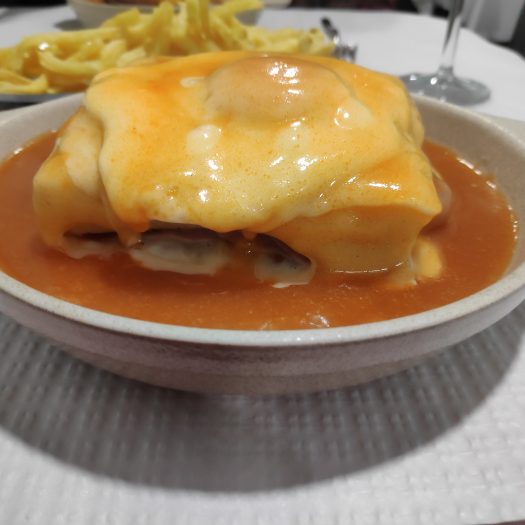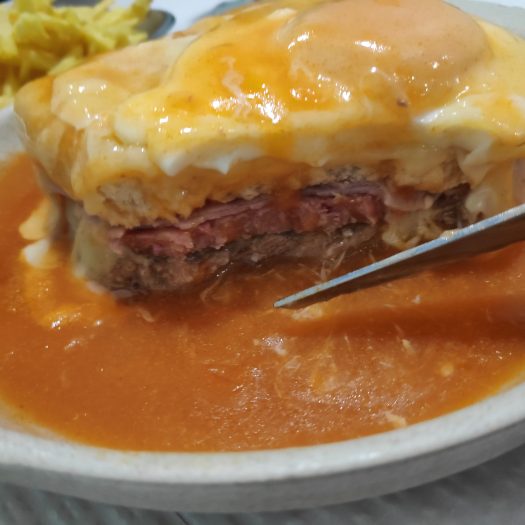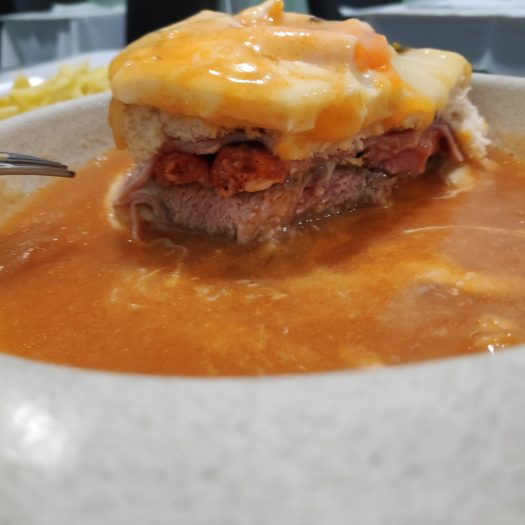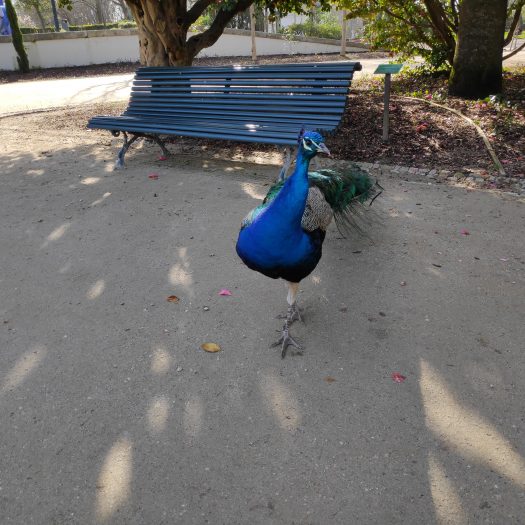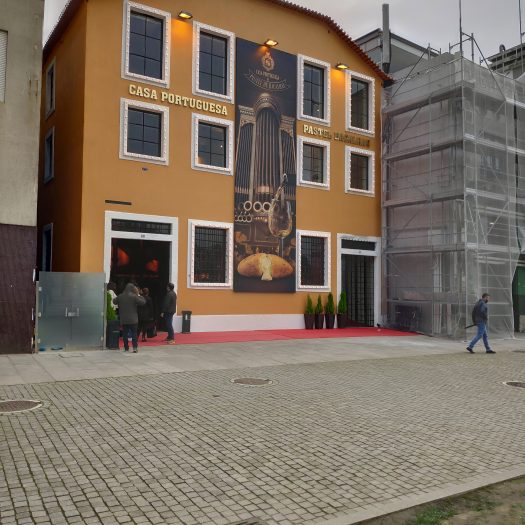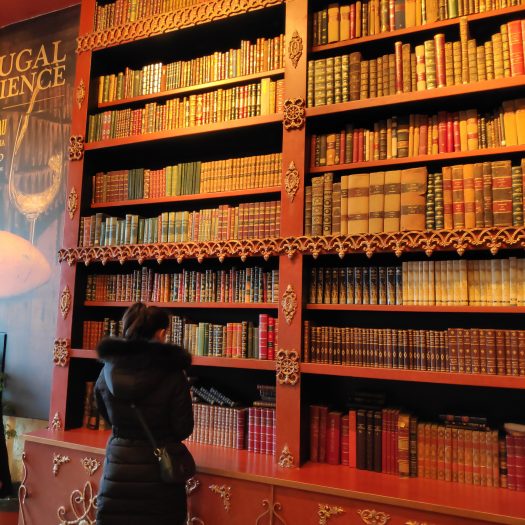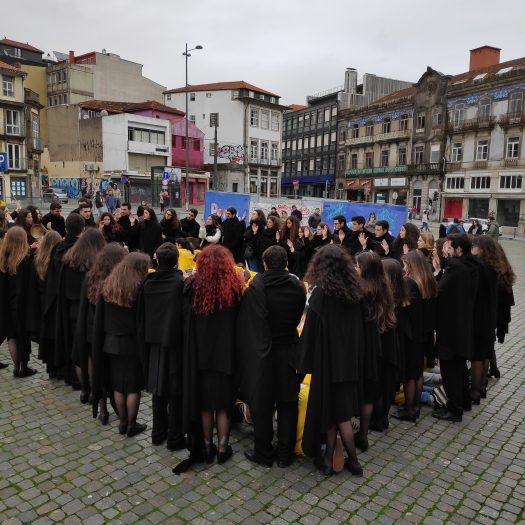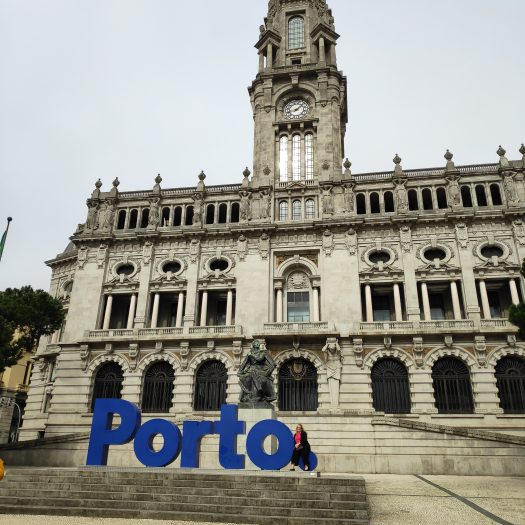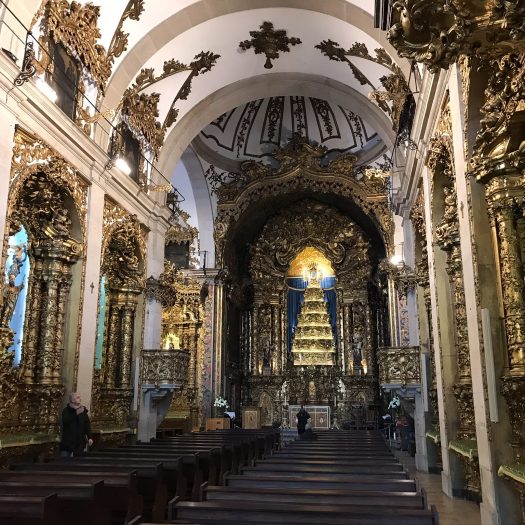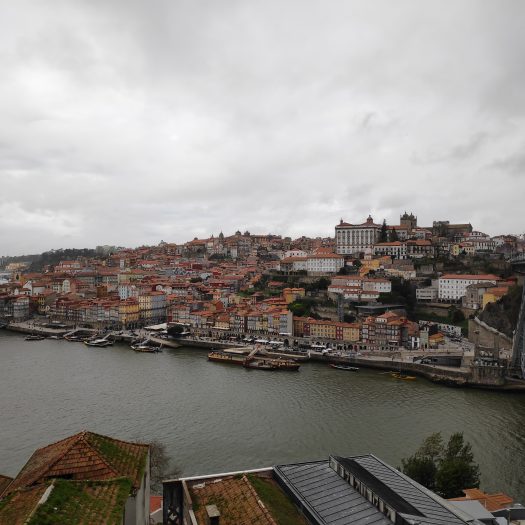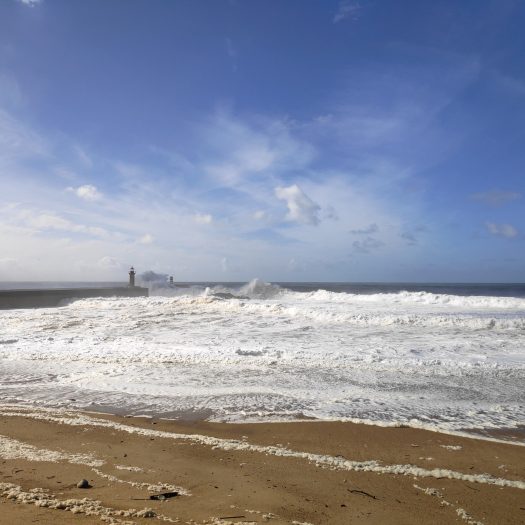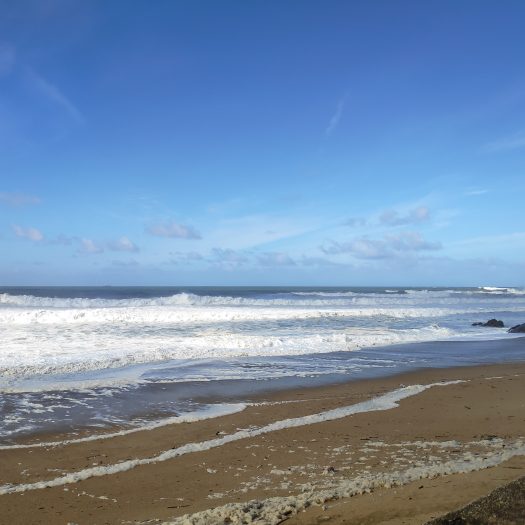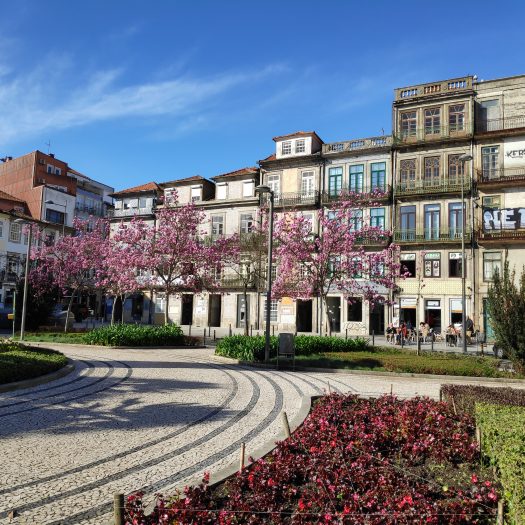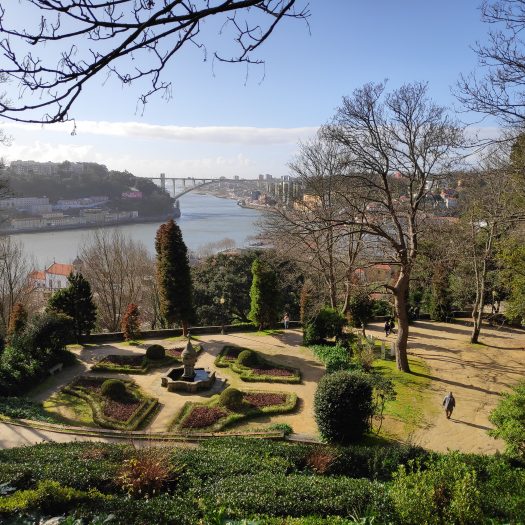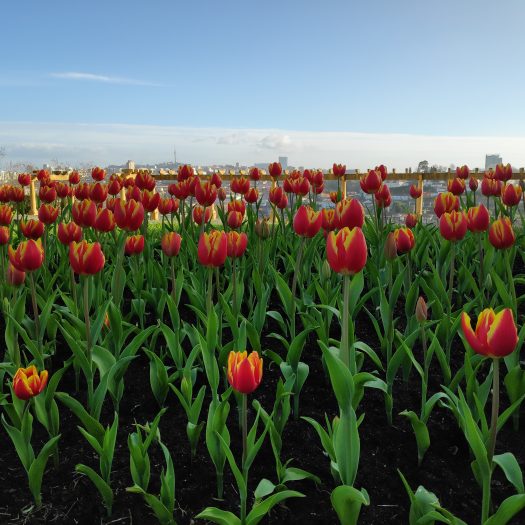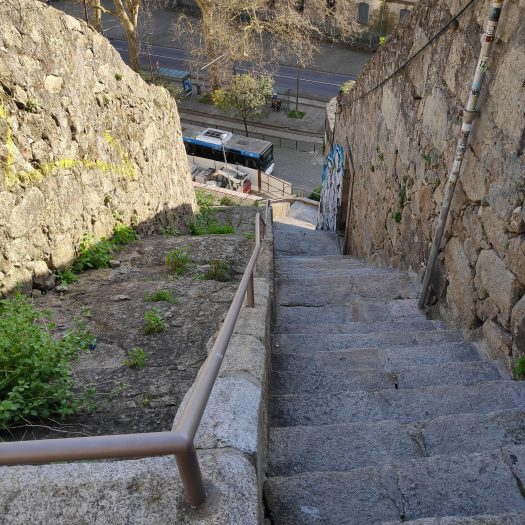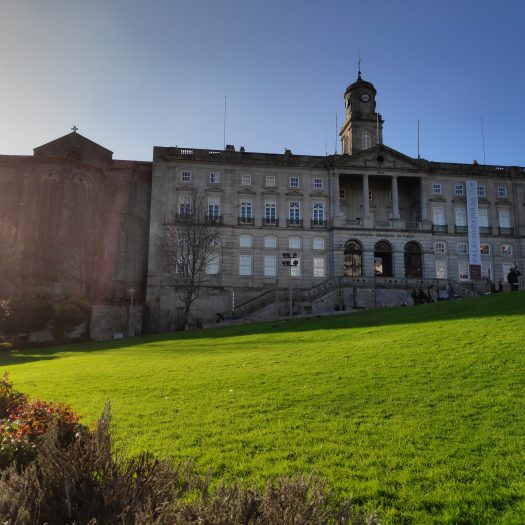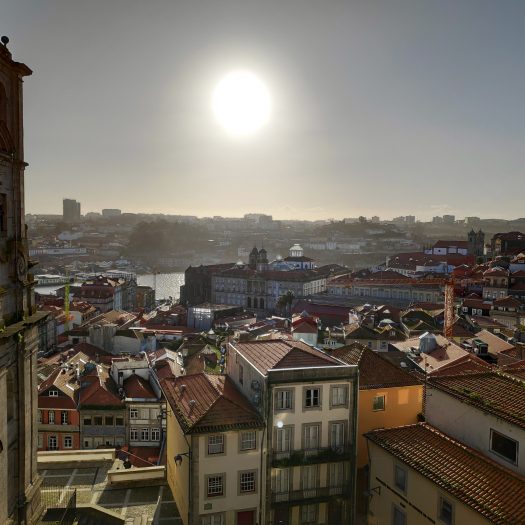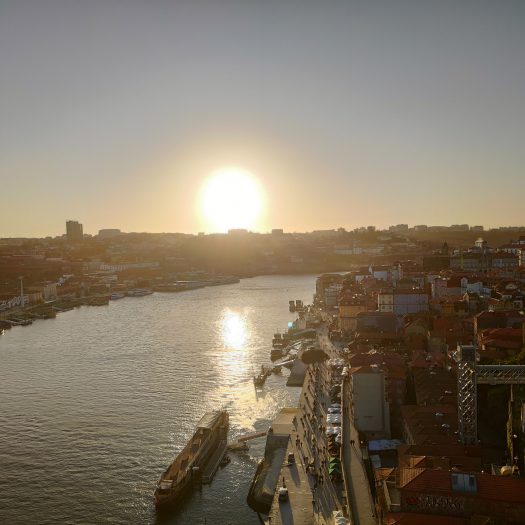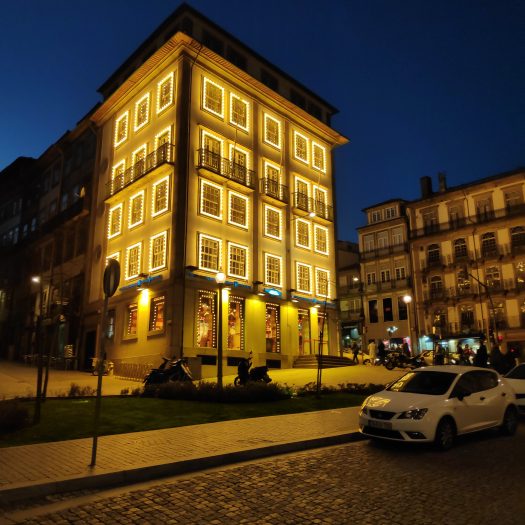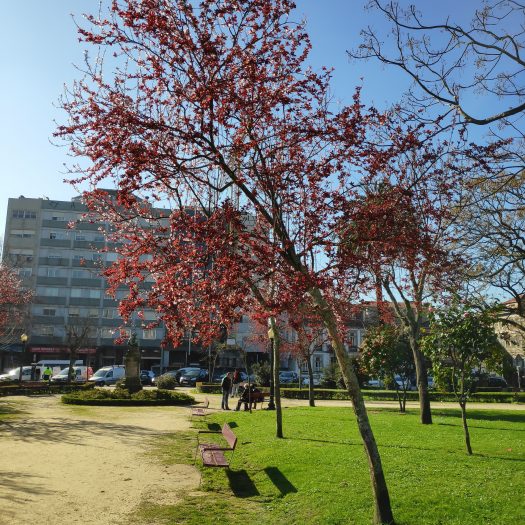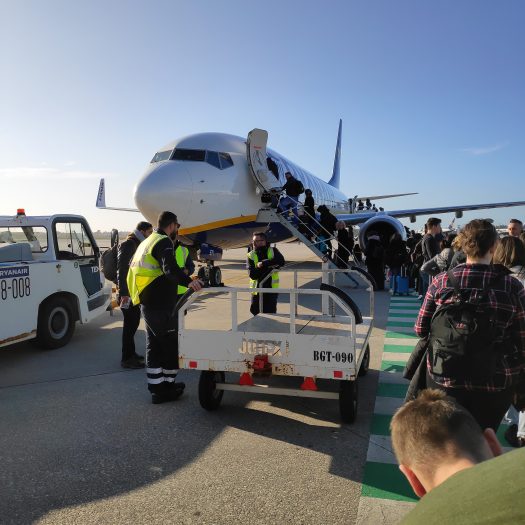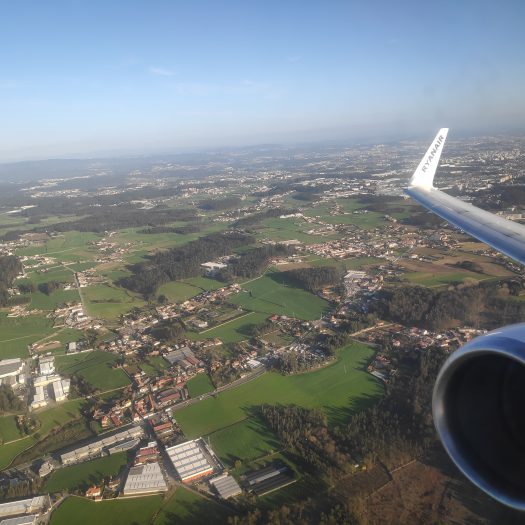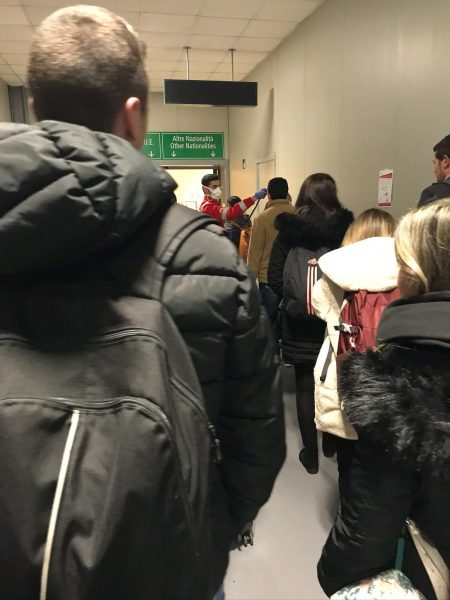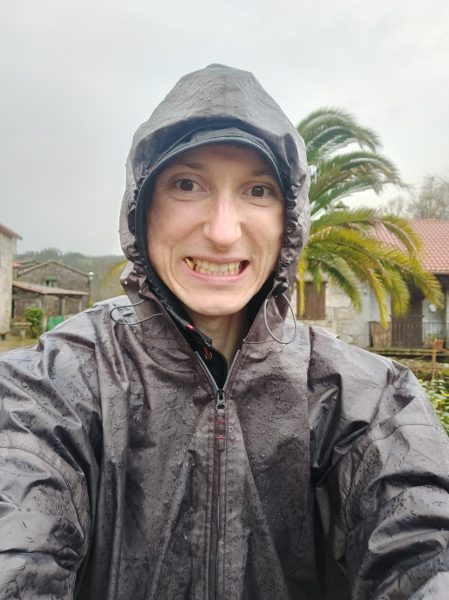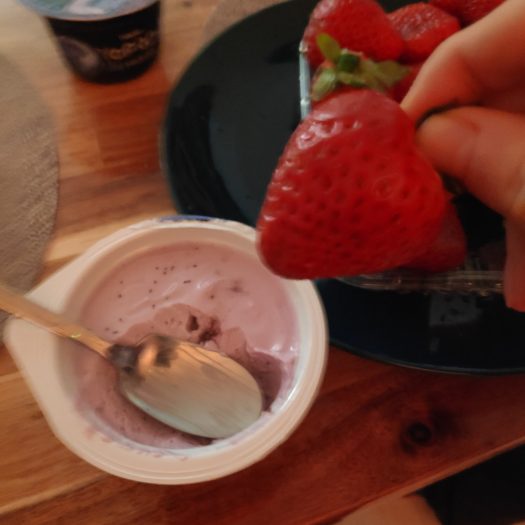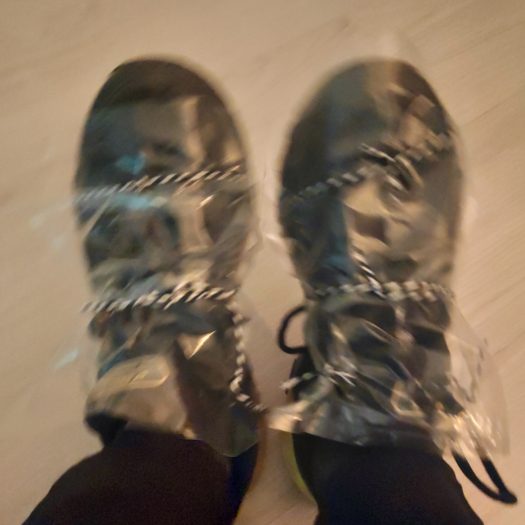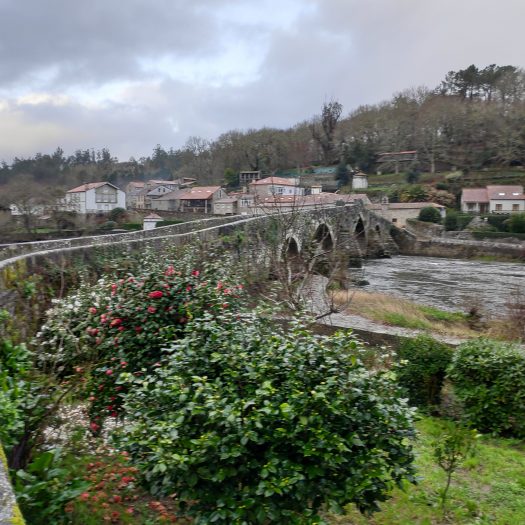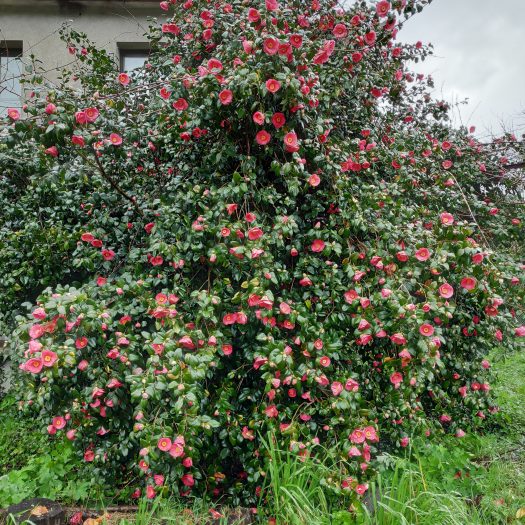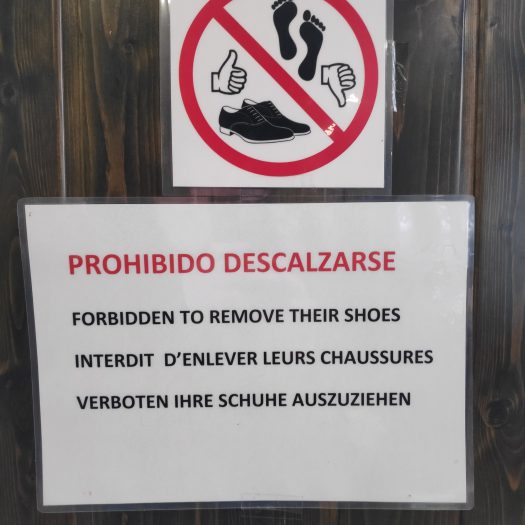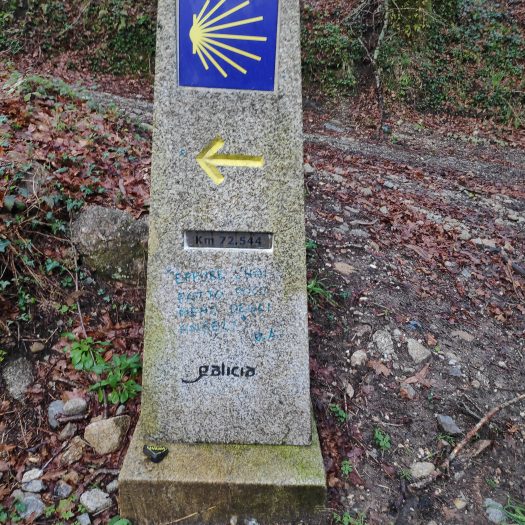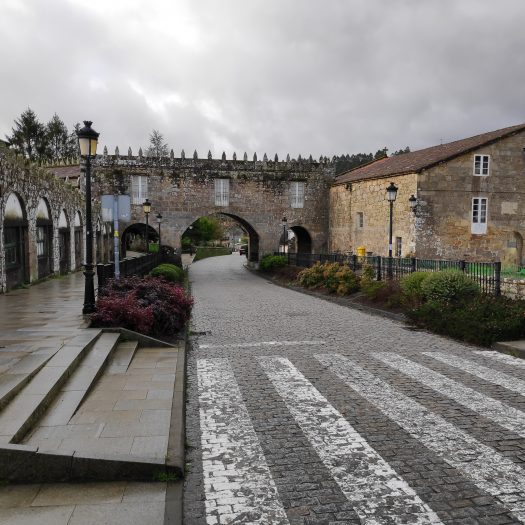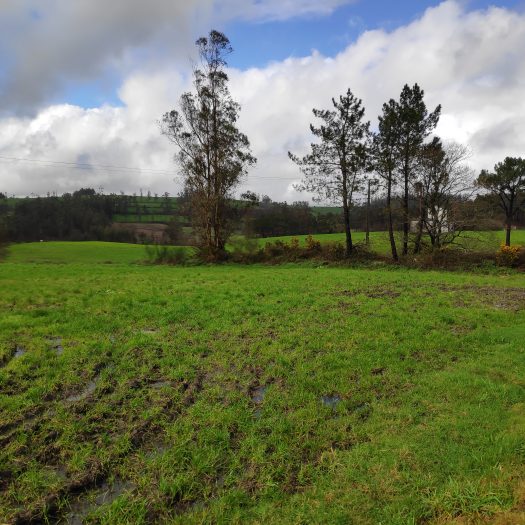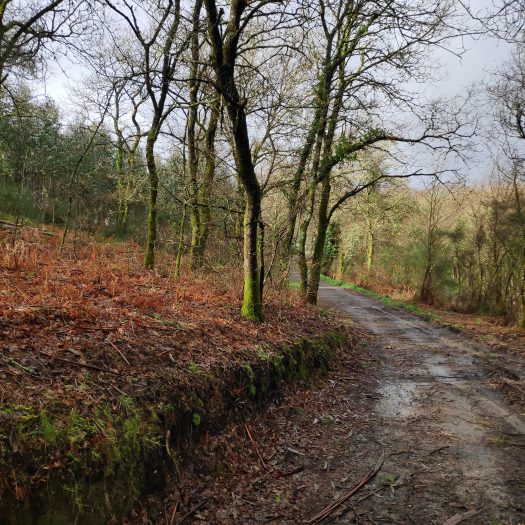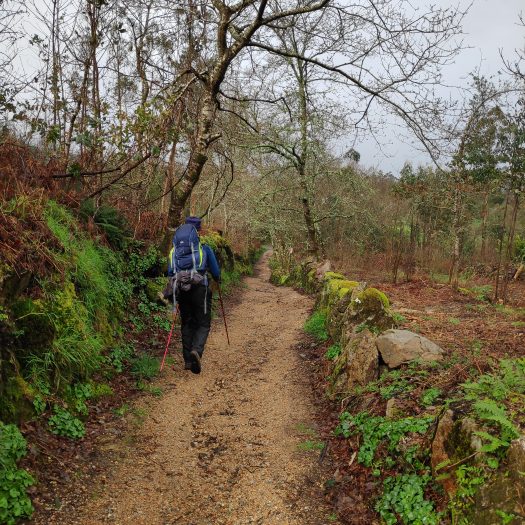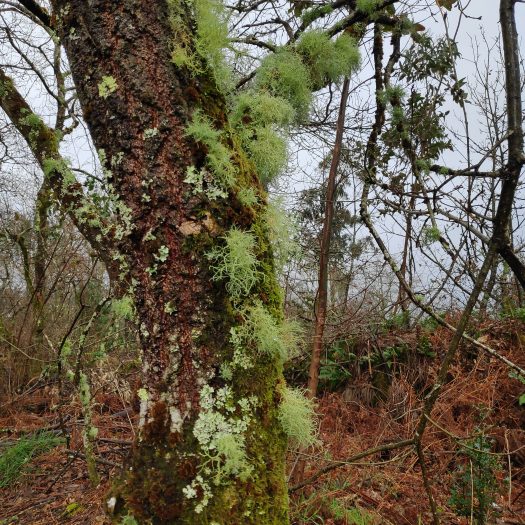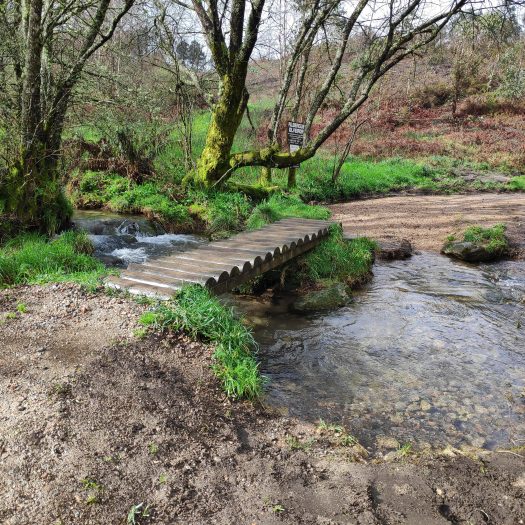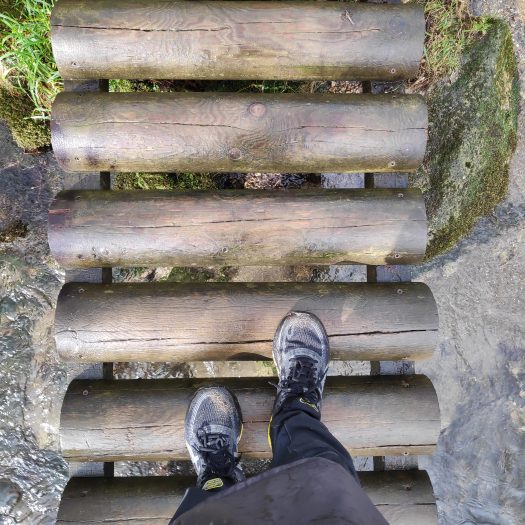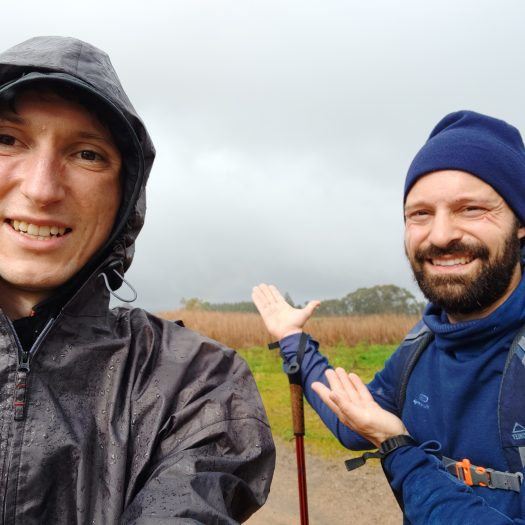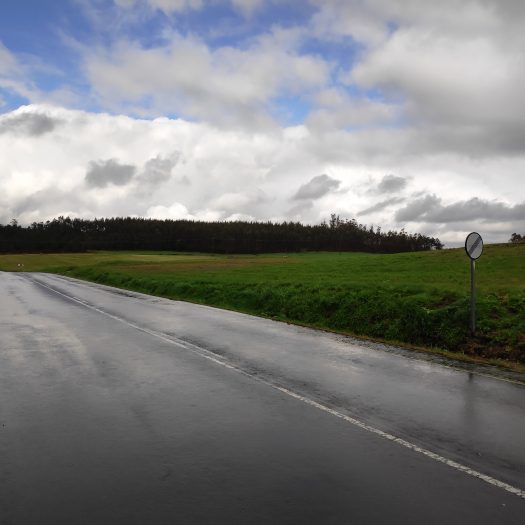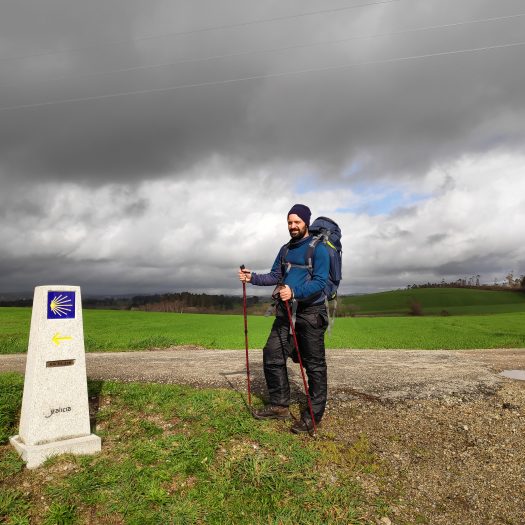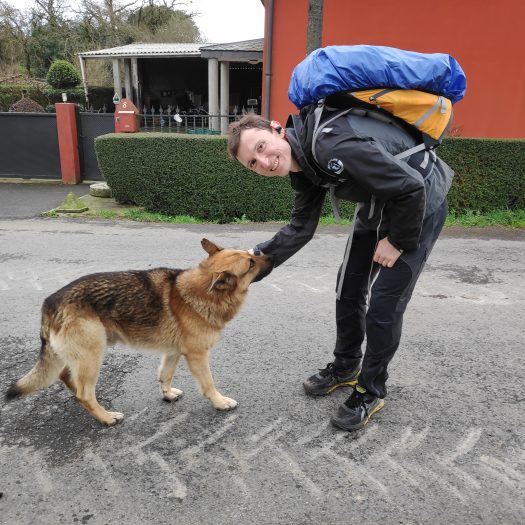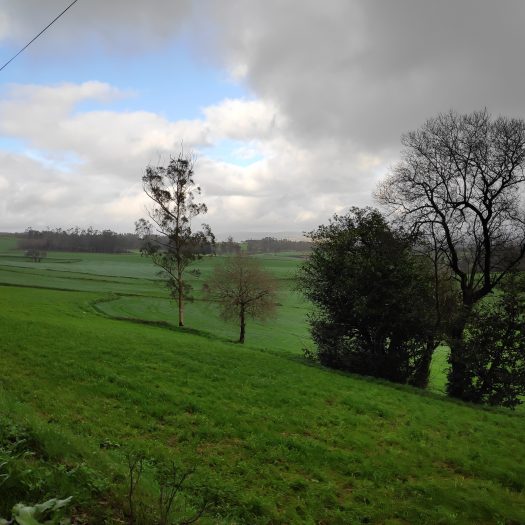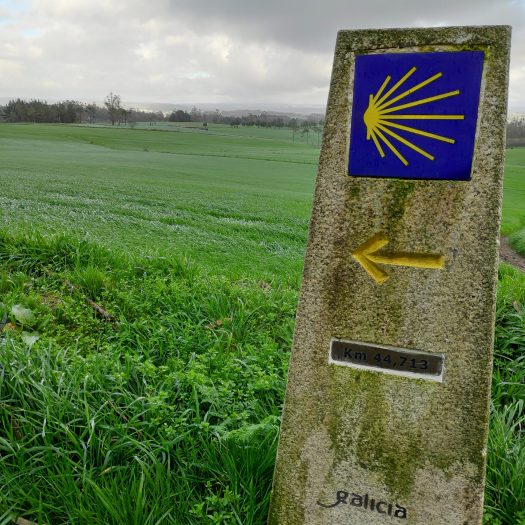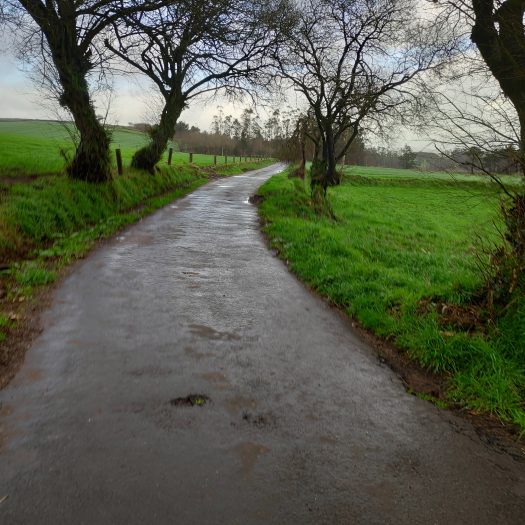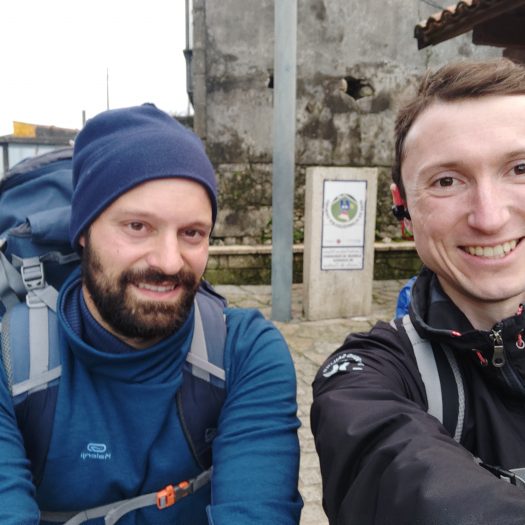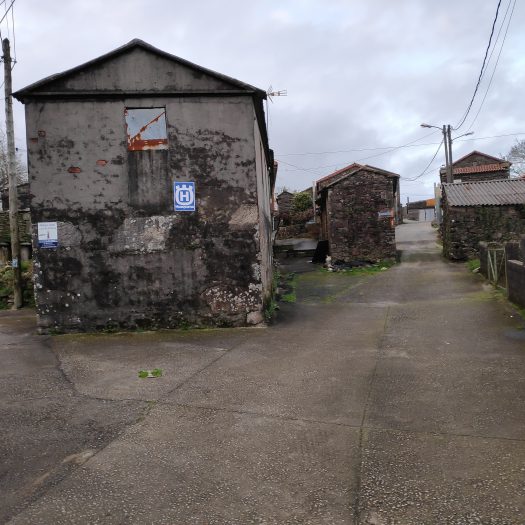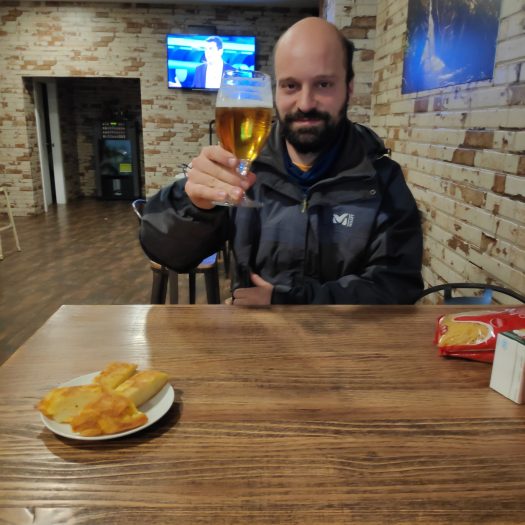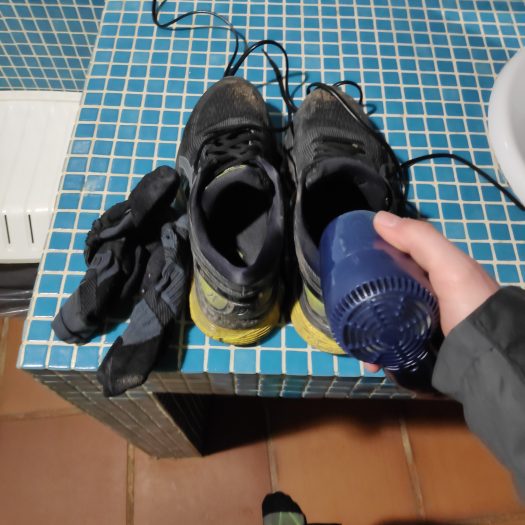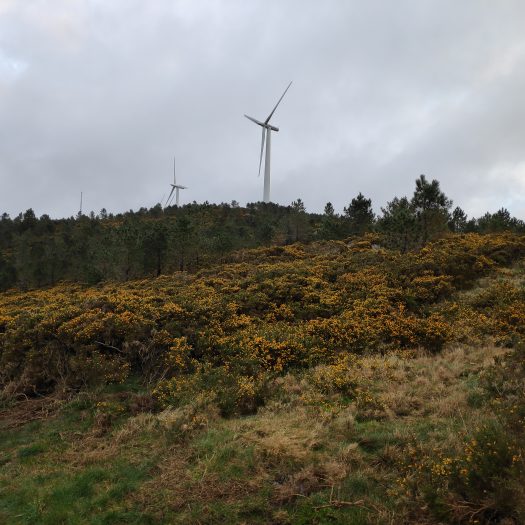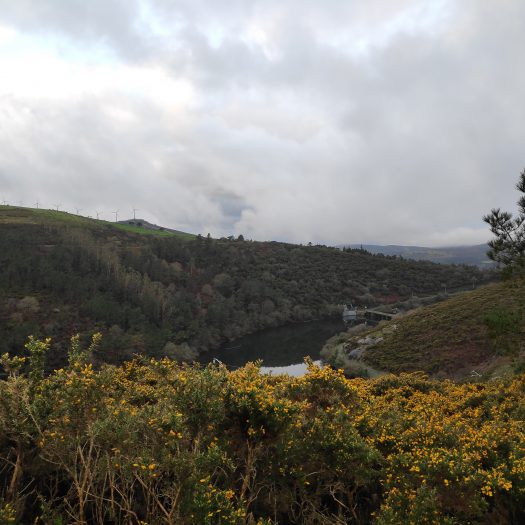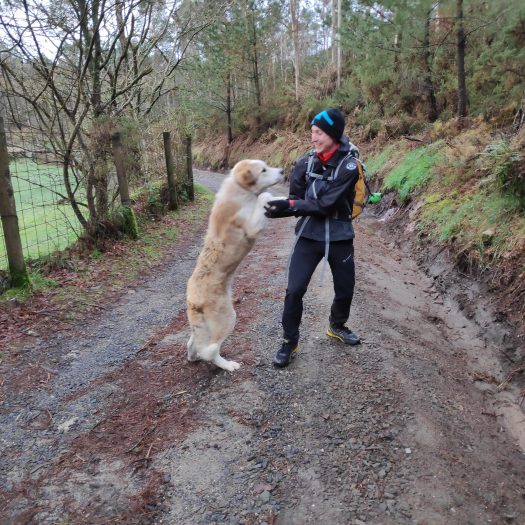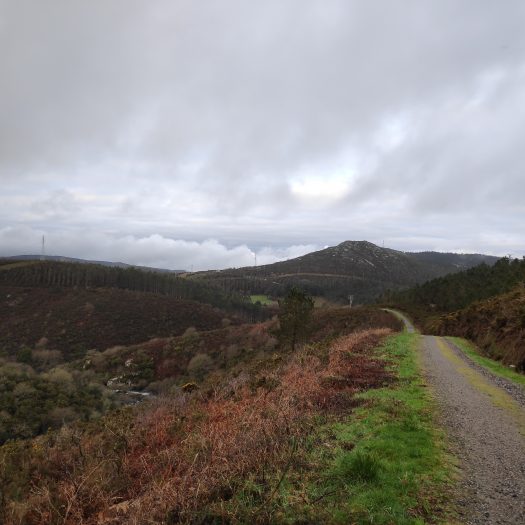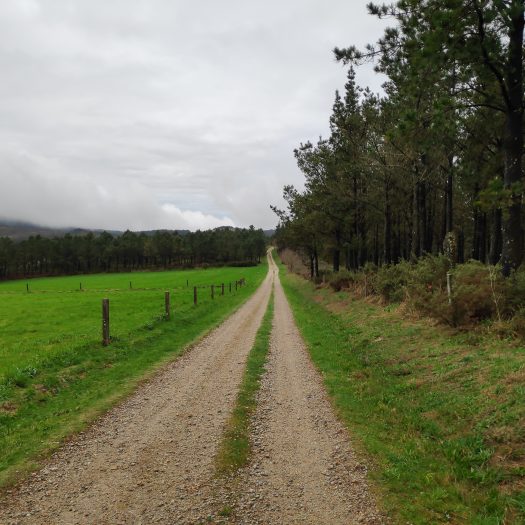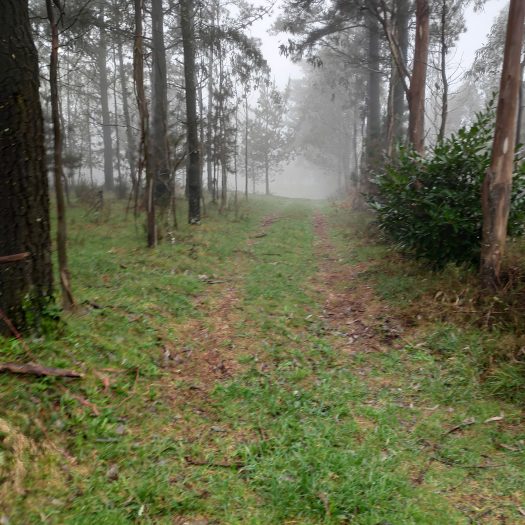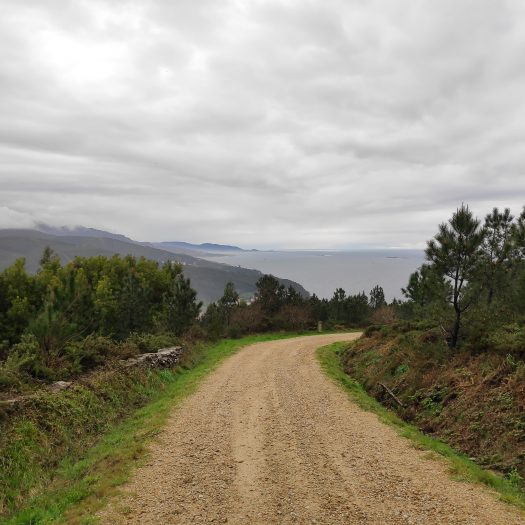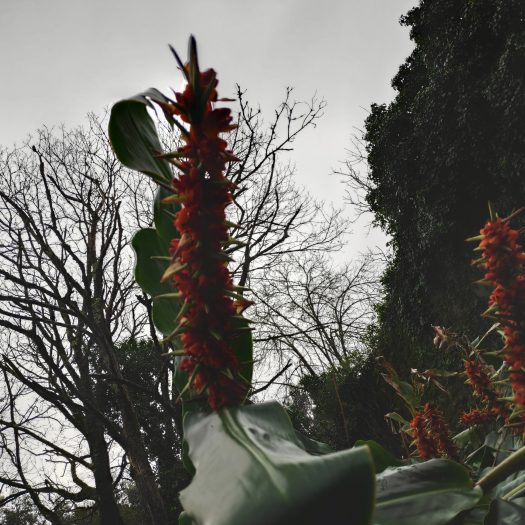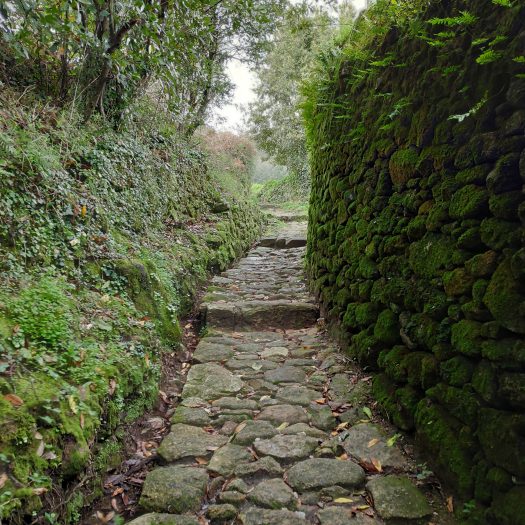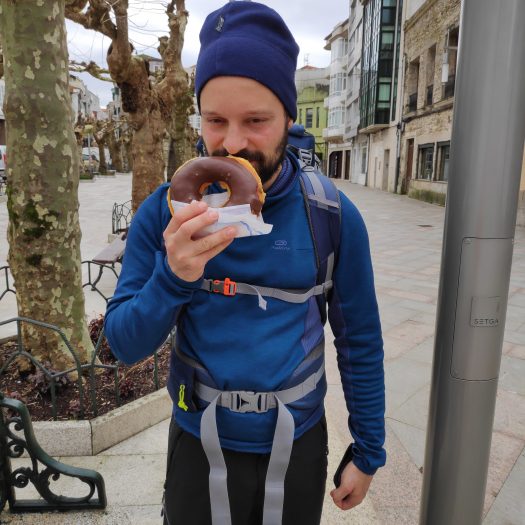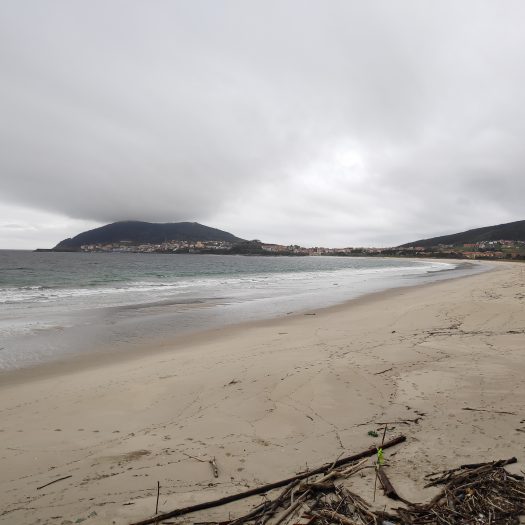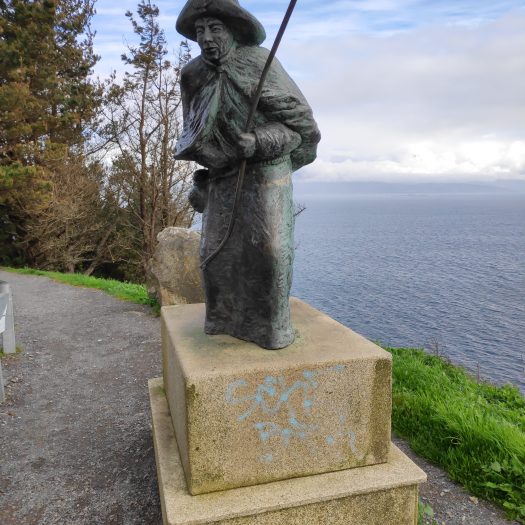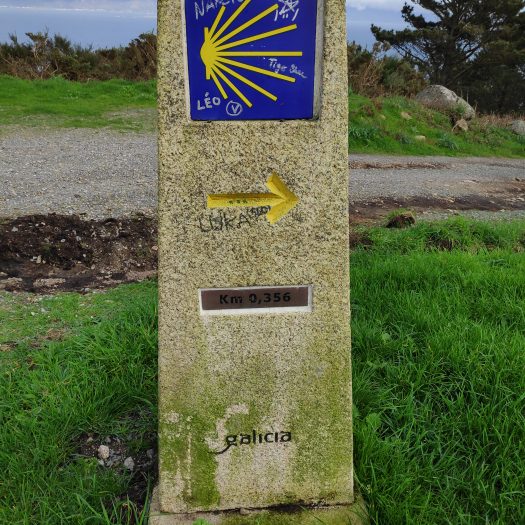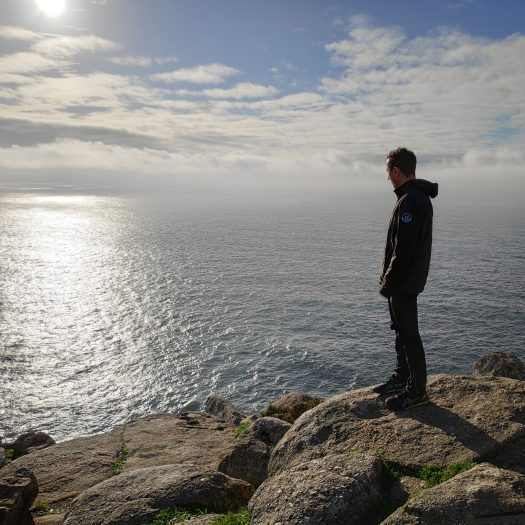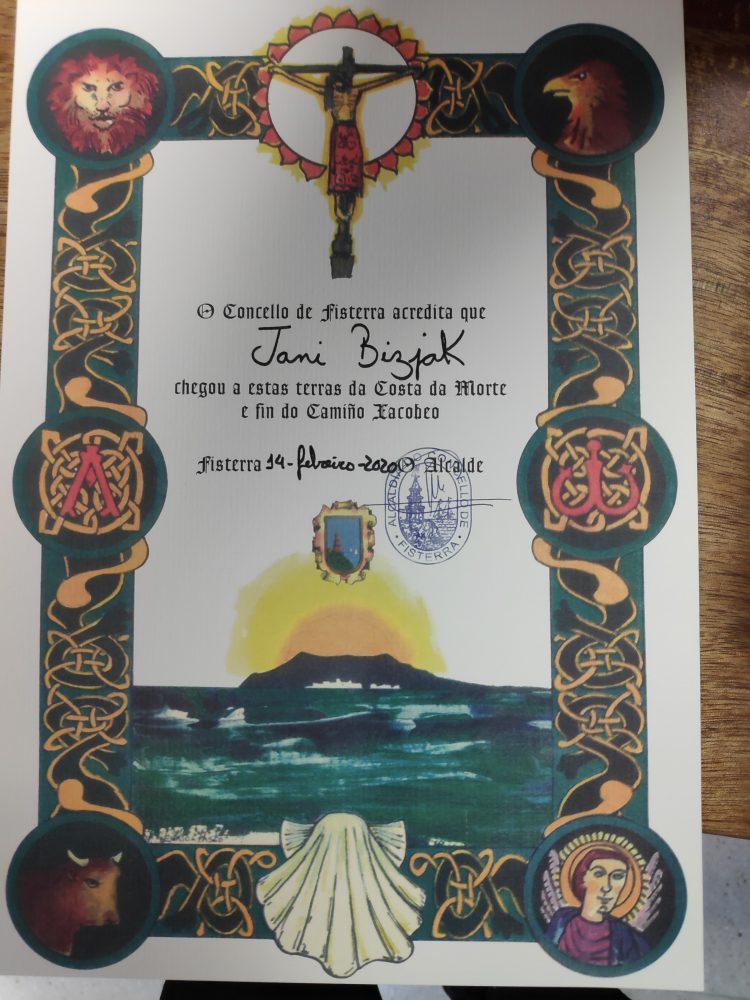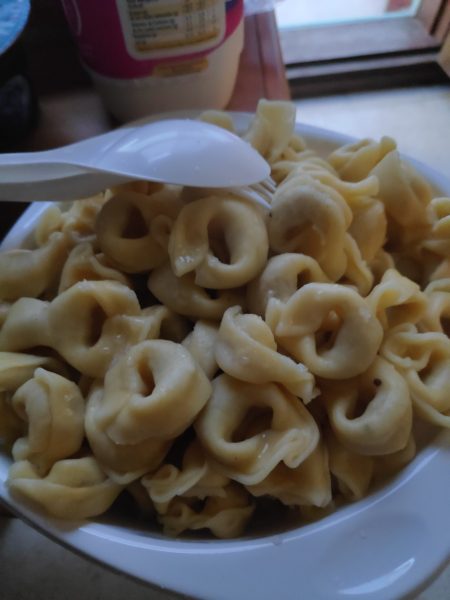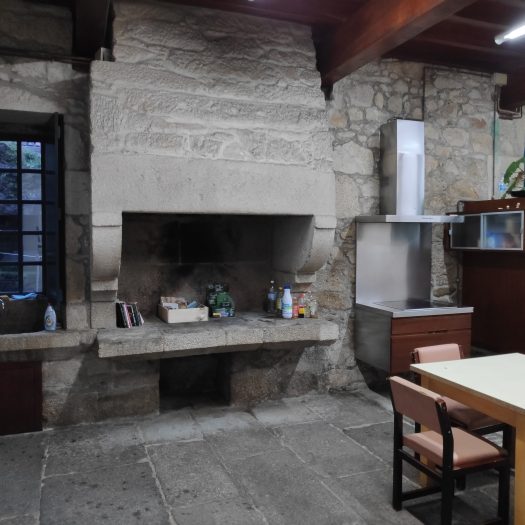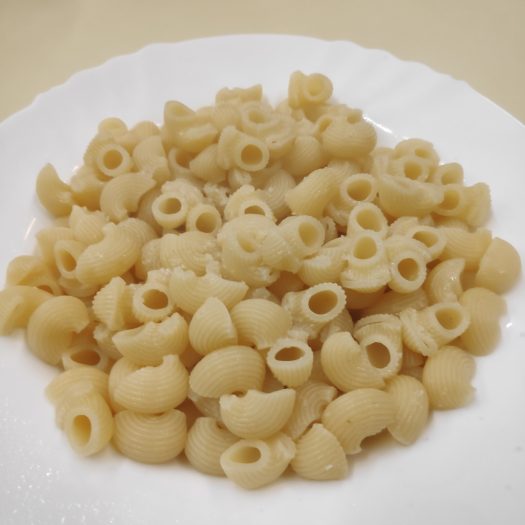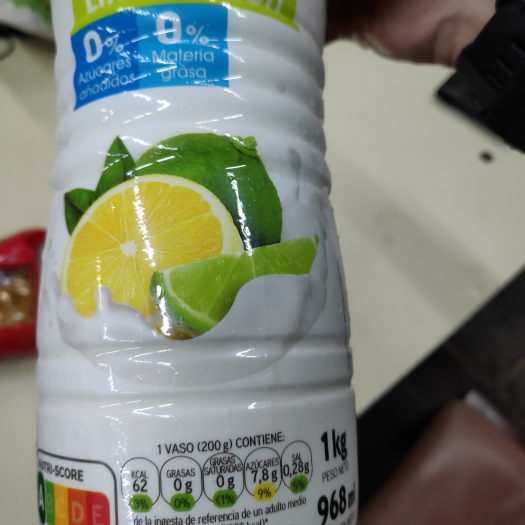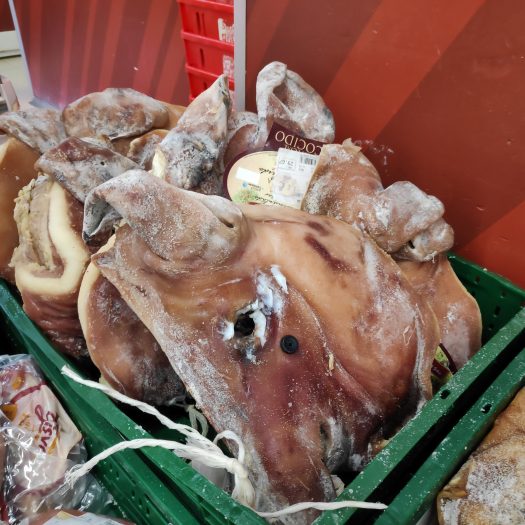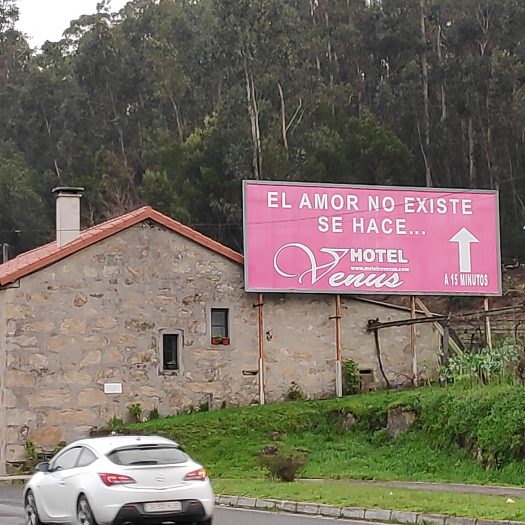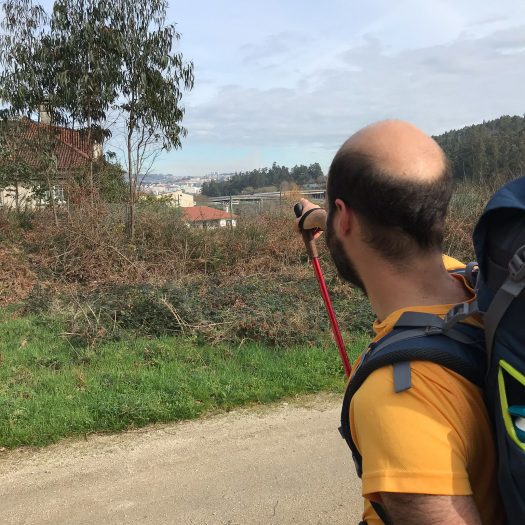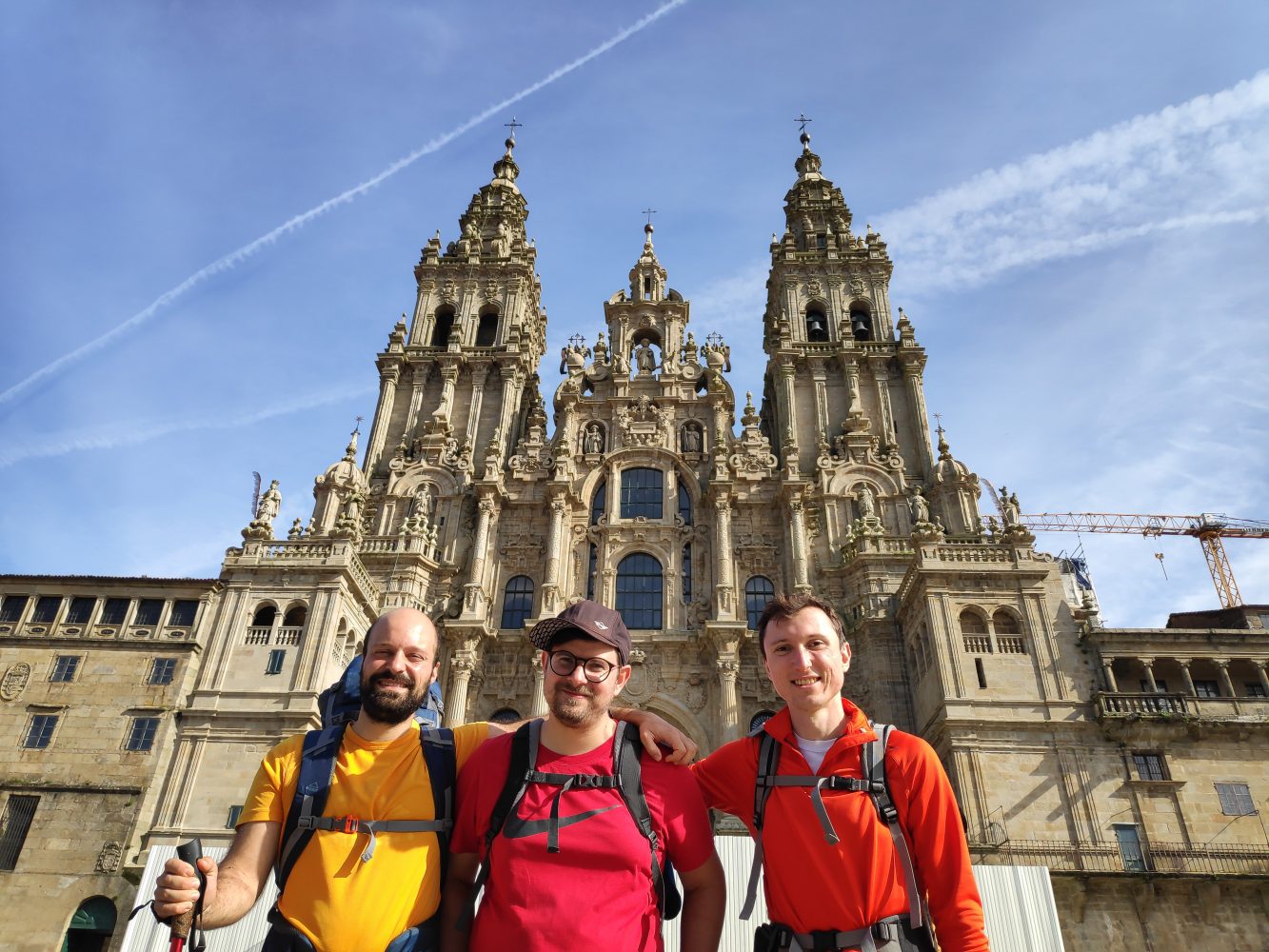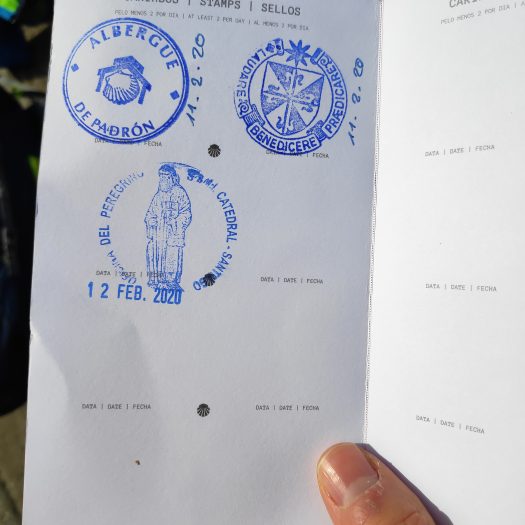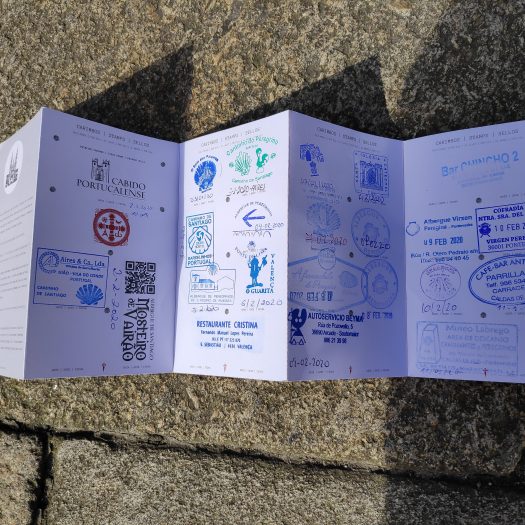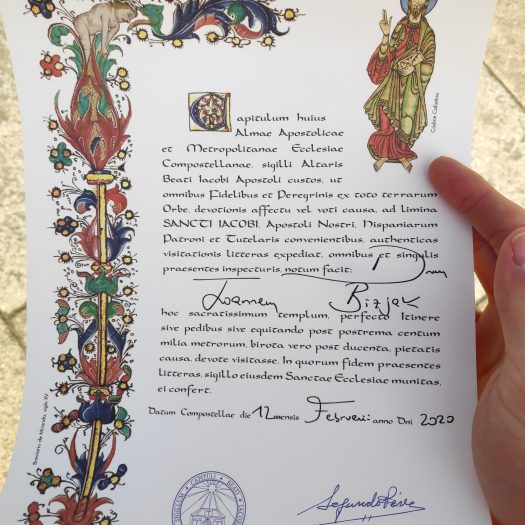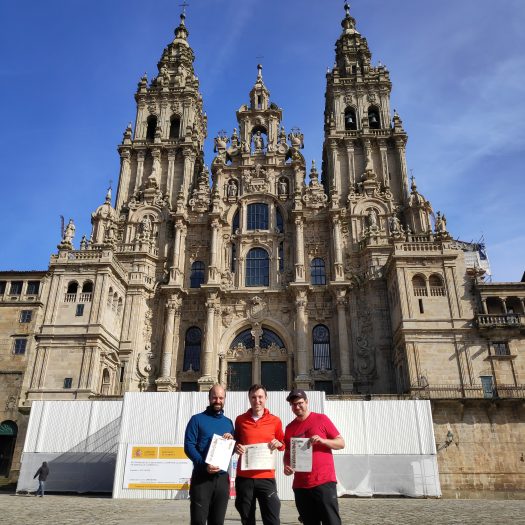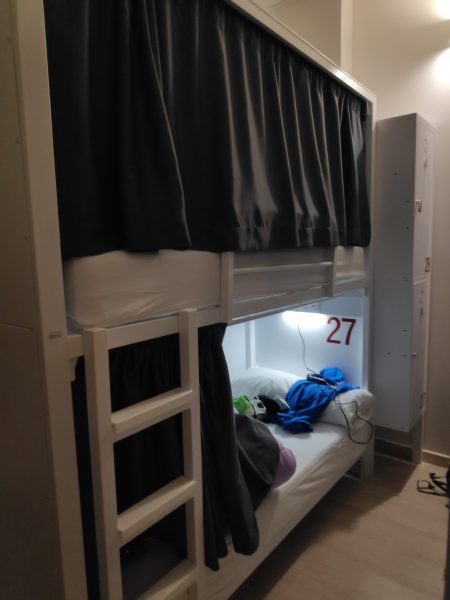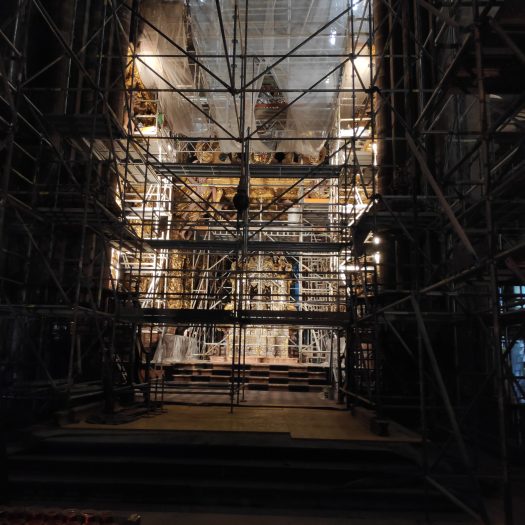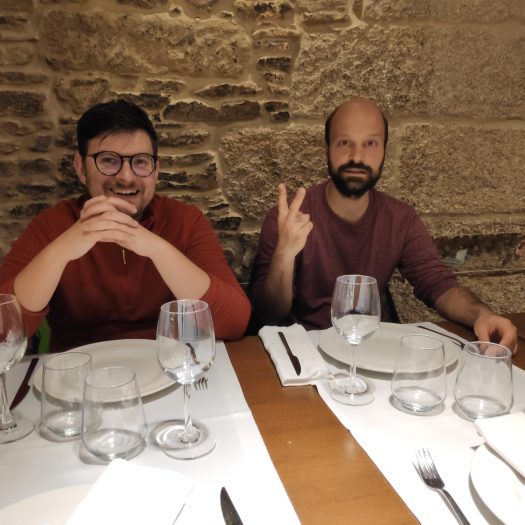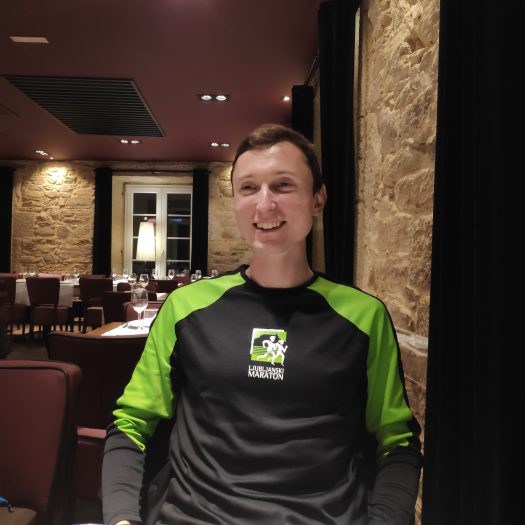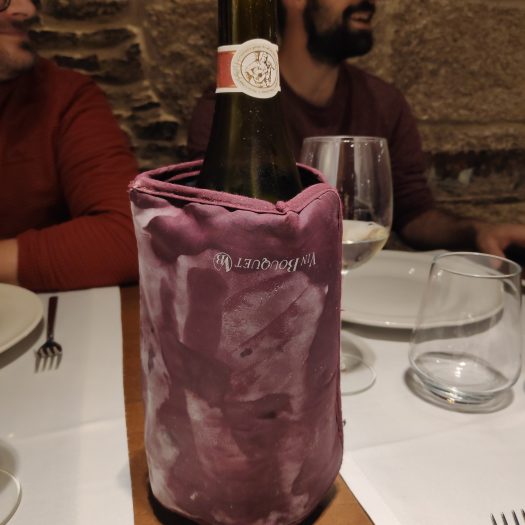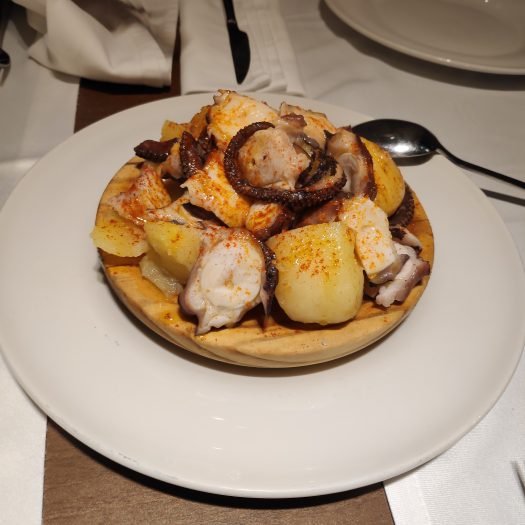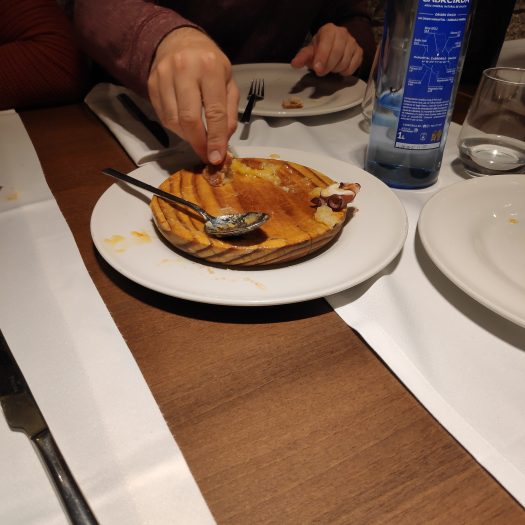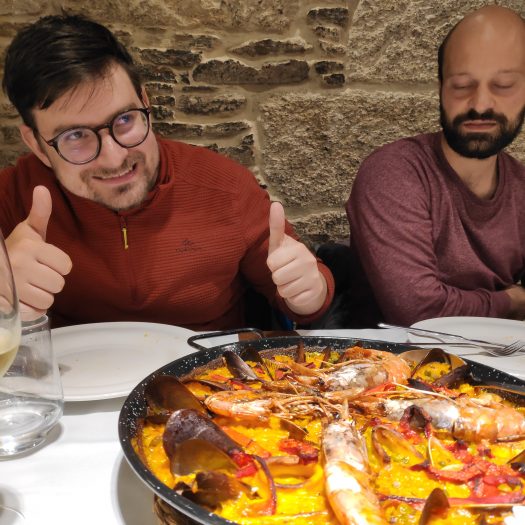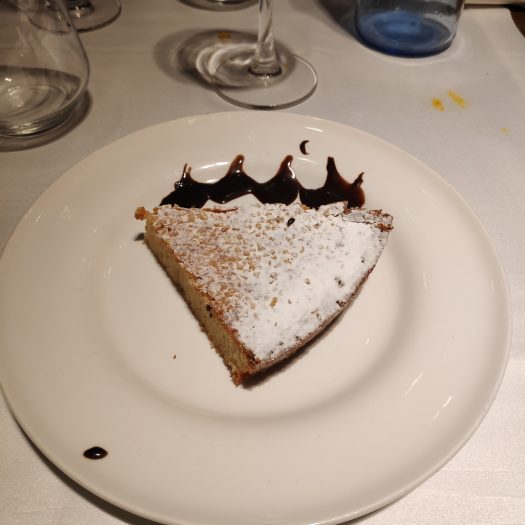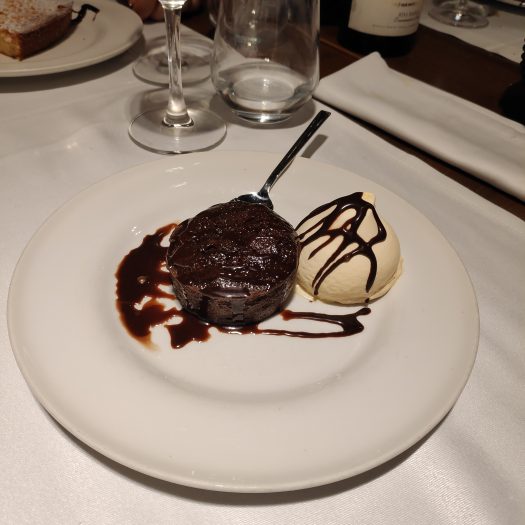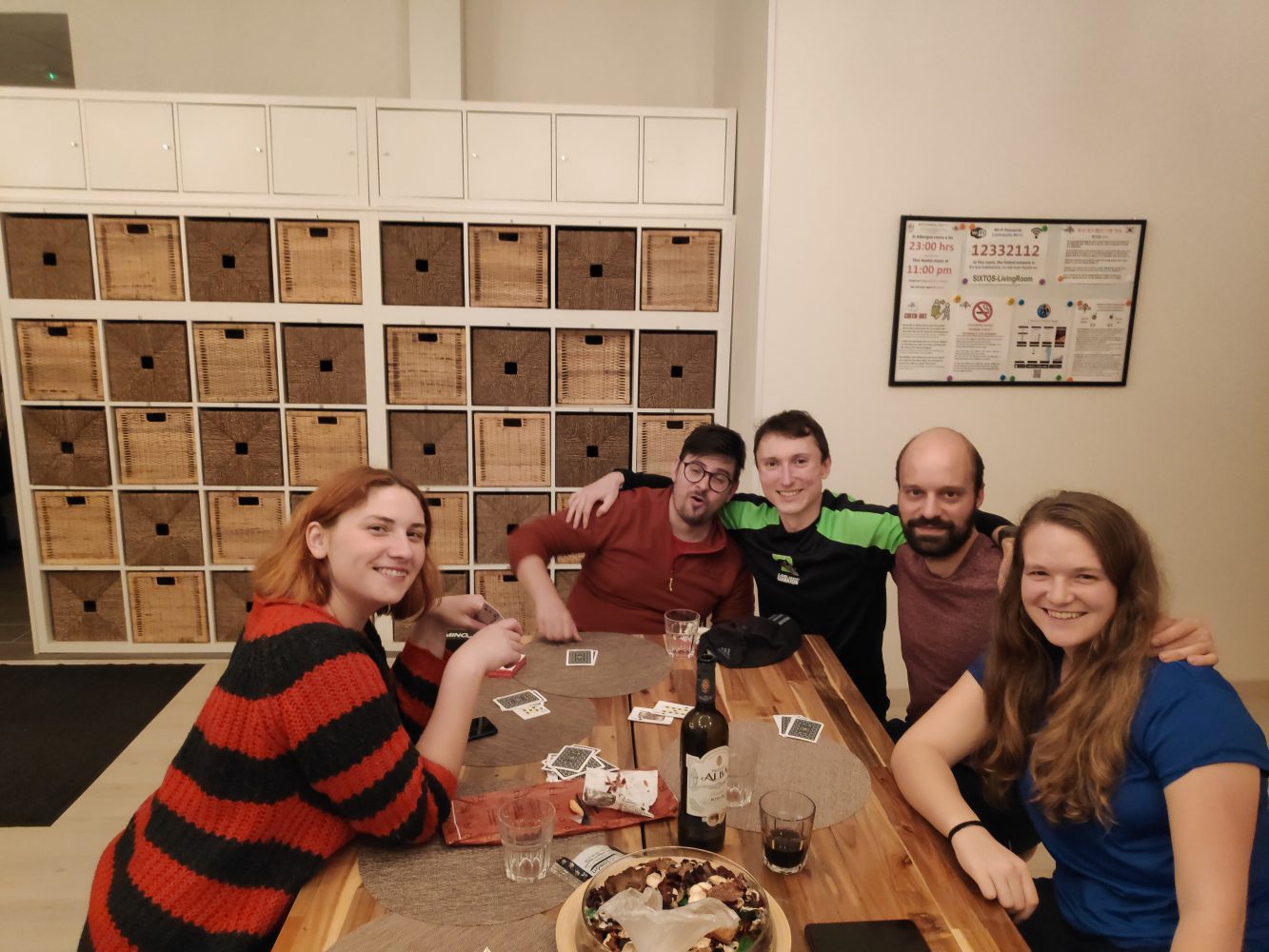Surprisingly, unlike the other posts on the blog, I actually wrote all the Camino posts sometime in March, a couple of weeks after returning. So why wait so long to post them? Well one thing was, I was too lazy to go over 1500 photos and try to find the best ones, secondly I wanted to post in chronological order, so quite a few posts from year(s) before had to be done before. So TLDR, most of the text was written right after returning, when the feelings and memories were most fresh, now (in October) when I updated the posts with photos, I only fixed some grammar mistakes (or made some new) and inserted the photos.
Now (October) it’s more than half a year after we returned from our trip, my world irreversibly turned upside down by now, and I often find myself remembering about the happier times, when the three friends went on an amazing journey both spiritual and physical. It brought us closer together than anyone could imagine, it tested our physical limits and sometimes patience, but in the end it was one of the best experiences of my (our) lives. We still often talk about some peculiar situations that happened to us on the trip with a big smile on our faces. Today, it feels almost like remembering my lovely Luleå.
The question that comes out of this is, why even go on such a journey? Is it really so great walking in bad weather for hours, that one should go and do the pilgrimage? Are there any religious motives behind it? Thinking about it, it’s not that easy to answer. For me, at least at the beginning, it was about the challenge, the ability that I can later say to my grandkids, “When I was young, I walked for 350 km through Portugal and Spain”. However, later I discovered it’s not about the destination, but about the journey. The distance at the end is just a point on paper, but the journey, the memories, the experience is what stays with you forever.
In the beginning, for the first couple of days I was still under the mindset of walking the furthest distance in the shortest amount of time, but at some point on the journey this changed. I started enjoying being in nature, chatting with Jakob and Aljoša and other friends we made on the journey and also about being with my thoughts. It is hard to imagine how calming it is to walk through rural Portugal and Spain, between pastures, past orchards of lemons, oranges and mandarins, over the rivers and through the forests. Being able to disconnect from the digital world, to leave all the worries behind and just do one thing day after day is priceless.
Besides getting to know my friends better, it turned out I learned more about myself. Walking for hours on end, gave me time to think about my life, what I am doing with it, what I am happy about and what I would like to change. The journey gave me new motivation, new goals and ideals to strive for, for when I came home. The trip was truly priceless for me.
In the end each individual has his own goals, desires and expectations of the pilgrimage. I would say that majority of pilgrims don’t go on it because of the religion. But in the end, the journey is about what you make of it. For me, as it turned out, it was about finding myself and spending incredible time with my friends. I am profoundly thankful, that they invited me on this trip, shared their thoughts, food and wine with me. It’s true what they say, you can buy a lot of things but not friendship.

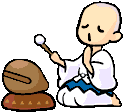
 °C
°C

 12:00 am
12:00 am  12:00 am
12:00 am 
 Leave a comment (0)
Leave a comment (0)

